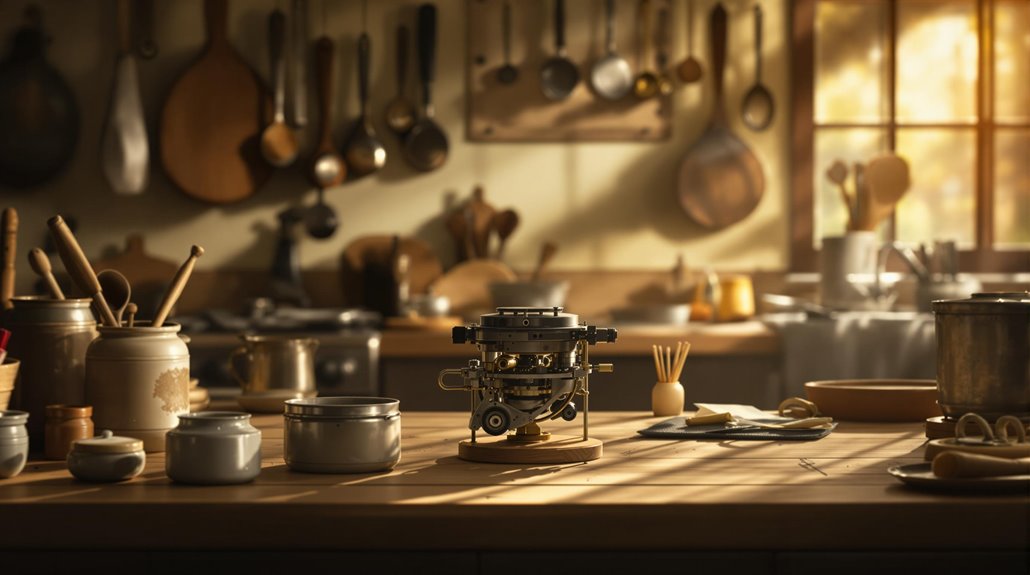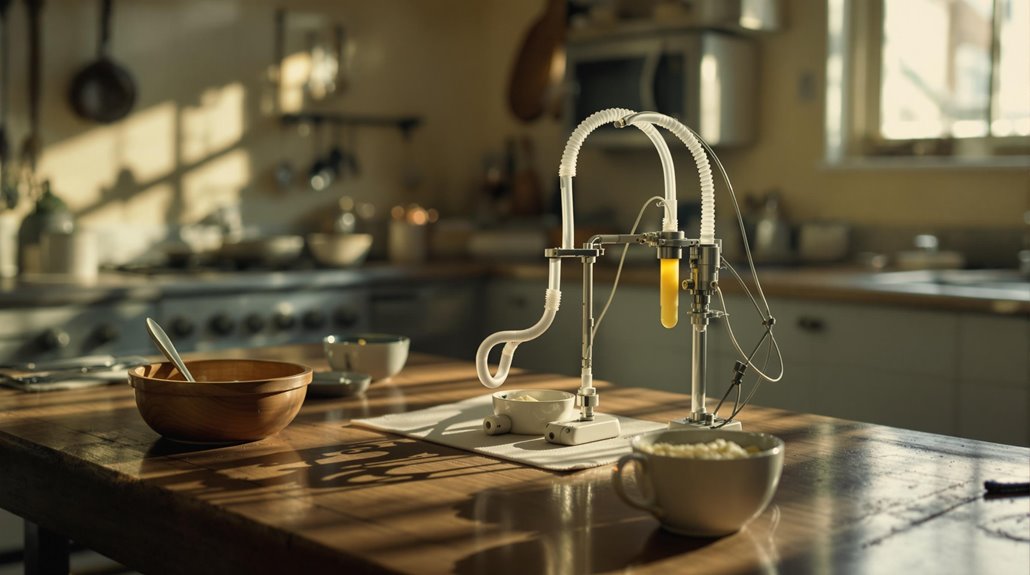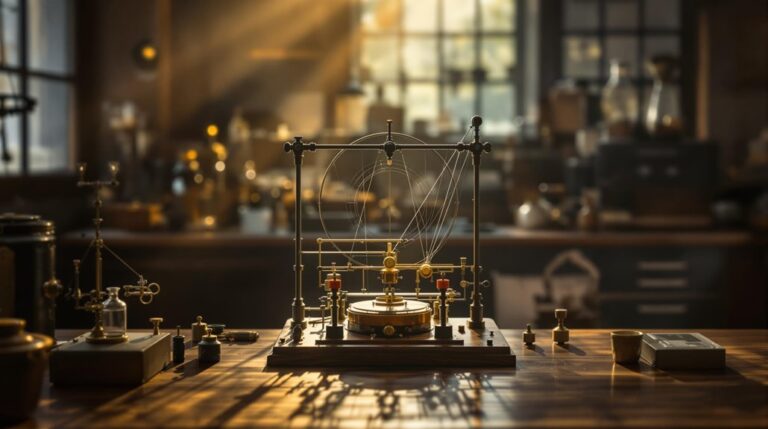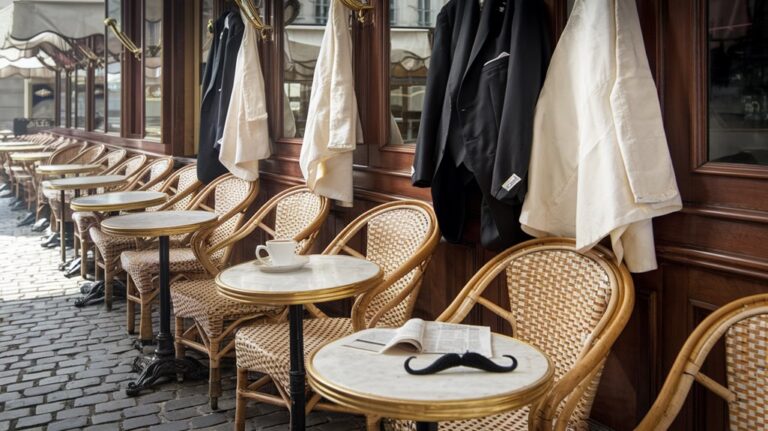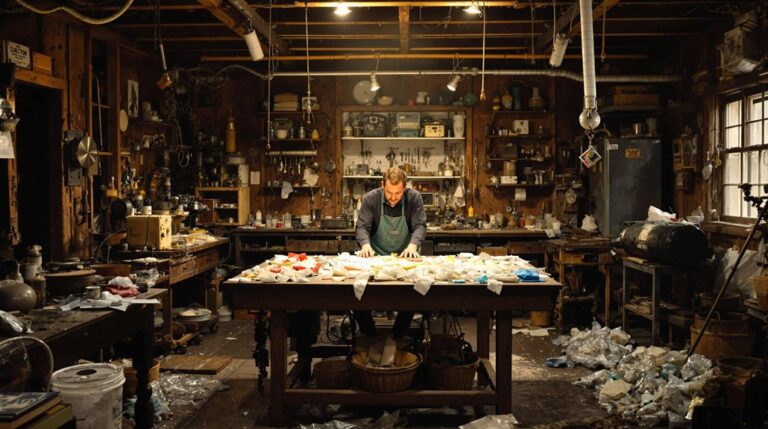Bessie Blount Griffin’S Kitchen Straws for Soldiers: Feeding Amputees With Dignity
Like Florence Nightingale's revolutionary impact on nursing care, Bessie Blount Griffin transformed the lives of wounded veterans through an ingenious invention. You've probably never thought about how World War II amputees managed to feed themselves, but Griffin's "kitchen straws" device gave them back their independence at the dinner table. Her journey from physical therapist to inventor wasn't just about creating a feeding tool—it's a story of determination, dignity, and the power of practical innovation to heal both body and spirit.
A Physical Therapist's Mission During Post-War Recovery
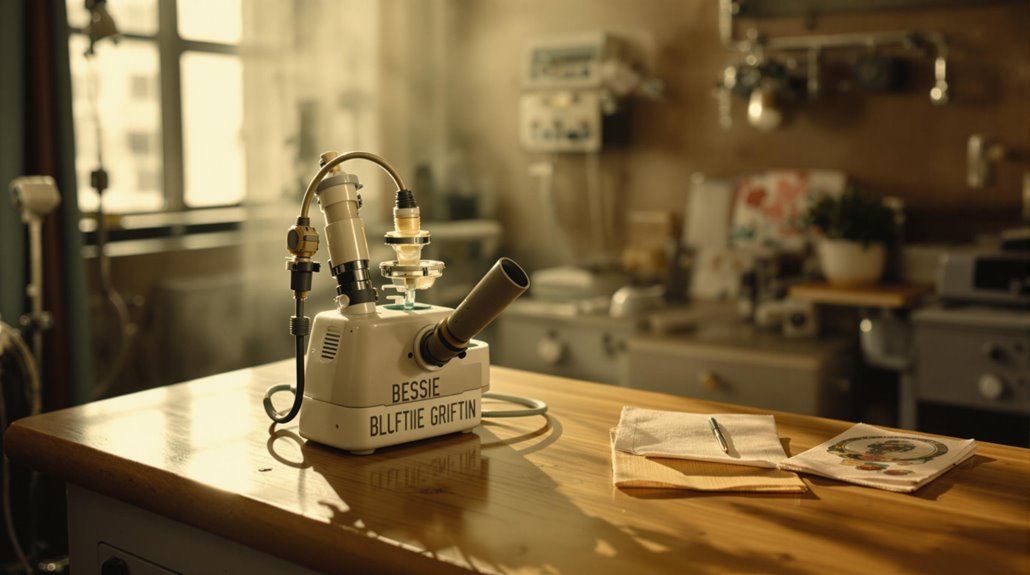
Confronting the massive influx of injured veterans after World War II, physical therapist Bessie Blount Griffin transformed rehabilitation practices with her innovative approach to patient care.
With nearly 14,000 army amputees needing support, she developed adaptive techniques that helped soldiers reclaim their independence. Her inspiring mantra told veterans they were not truly crippled.
You'll find that Griffin's methods went far beyond traditional therapy. She taught veterans to write with their teeth and feet, while emphasizing that disability existed only in the mind. Her groundbreaking self-feeding apparatus would later help countless disabled veterans eat independently.
Working tirelessly into the early morning hours, she created specialized devices for patient empowerment.
Her unique incorporation of interpretive dance and artistic expression into treatments demonstrated her holistic approach to rehabilitation.
Through her dedication, she helped countless veterans overcome physical limitations and restore their sense of autonomy in daily activities.
From Kitchen Experiments to Revolutionary Device
During her work with veterans, Griffin took her rehabilitation mission a step further by transforming her kitchen into an inventor's workshop.
Her kitchen innovations emerged from late-night experiments between 1 a.m. and 4 a.m., where she'd craft prototypes using household tools like files, ice picks, and hammers. She even used boiling water to melt plastic into molds.
Driven by veteran empowerment, Griffin invested $3,000 of her own money over four years to perfect her self-feeding device. As a dedicated physical therapist and nurse, she understood firsthand the importance of independence for her patients. She later successfully donated her rights to the French government when her inventions gained recognition.
The revolutionary invention featured a tube that delivered food directly to the user's mouth, with an automatic shut-off mechanism that allowed patients to control their eating pace.
Her initial plastic prototype evolved into a stainless steel model, complete with built-in support for food holders, giving amputees newfound independence during meals.
How the Self-Feeding Device Changed Lives
While World War II left thousands of veterans struggling with daily tasks, Griffin's self-feeding device transformed their lives by restoring their ability to eat independently.
You can imagine the impact on nearly 14,000 army amputees who regained control over their meals, no longer needing to rely on nursing staff to feed them.
The device didn't just enable independent living – it boosted veterans' self esteem by letting them control their eating pace and portion sizes.
When you understand that something as simple as biting down on a tube could dispense food on command, you'll appreciate how this innovation brought dignity back to disabled soldiers.
Though the U.S. Veterans Administration overlooked its potential, the device's success in French and Belgian hospitals proved its worth in improving amputees' quality of life.
As a dedicated member of the Gray Ladies at Base 81, Griffin witnessed firsthand the daily challenges faced by wounded soldiers, which inspired her innovative solution.
The pioneering device used a spoon-shaped design that made it easier for injured veterans to consume their meals with minimal assistance.
Breaking Barriers on "The Big Idea" Television Show
As America's televisions flickered to life in 1953, Bessie Blount Griffin shattered multiple barriers by becoming not only the first Black woman but also the first woman ever to appear on "The Big Idea."
Her groundbreaking demonstration of assistive technologies challenged societal norms and proved that innovation knows no racial or gender bounds. Her innovative approach to helping veterans stemmed from her time teaching amputee veterans at Bronx Hospital. Griffin spent four years and $3,000 developing her revolutionary self-feeding device before securing the patent in 1951.
You'll appreciate how Griffin's media representation transformed public perception and broke racial barriers in an era of limited diversity on television.
Her appearance accomplished three significant objectives:
- Demonstrated that Black women could create life-changing innovations
- Brought national attention to assistive technologies for disabled veterans
- Inspired future generations of minority inventors and scientists
Her televised moment remains a powerful representation of African American achievement in STEM and continues to educate audiences about the importance of diversity in innovation.
The Journey to Patent and International Recognition
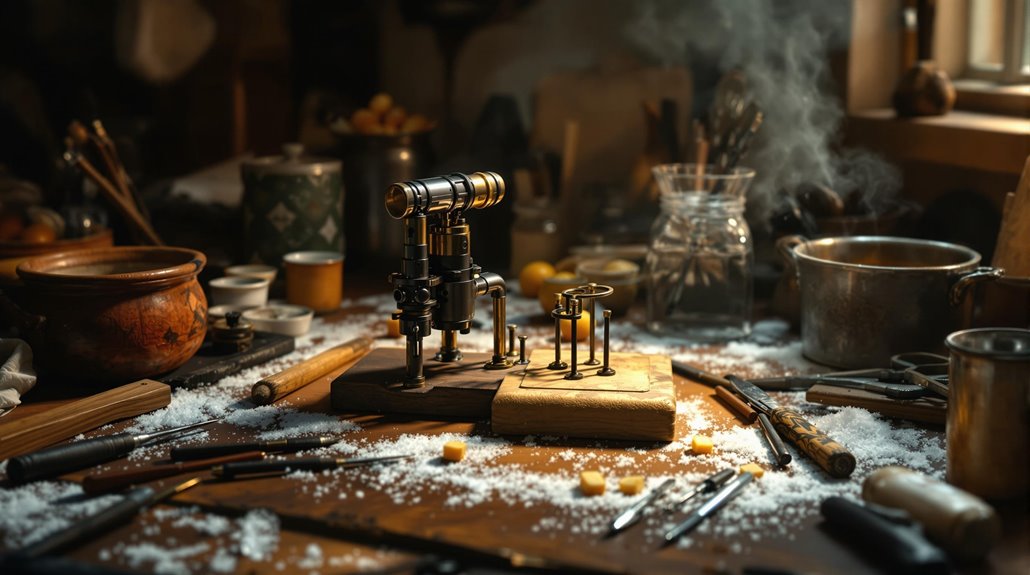
From her groundbreaking television appearance, Bessie Blount Griffin's path to invention recognition took an unexpected international turn. After filing her patent in March 1948, she faced significant patent challenges before receiving Patent No. 2,550,554 in April 1951 for her portable receptacle support.
When the American Veterans Association rejected her feeding device, preferring traditional caregivers, Griffin didn't let this setback stop her. Instead, she pursued international collaboration, donating her patent rights to the French government in 1951 for use in their military hospitals. Much like the survival rate of 88% seen in modern feeding innovations, her device proved remarkably reliable in hospital testing.
This bold move not only demonstrated her invention's global potential but also proved, as she told the Afro-American Newspaper in 1952, that a "colored woman can invent something for the benefit of humankind."
Her device gained attention from the international medical community, advancing the field of assistive technology. Her close friendship with Theodore Edison during this period provided additional support and encouragement for her innovative work.
A Legacy of Empowering Disabled Veterans
Through her revolutionary feeding device and tireless dedication, Bessie Blount Griffin transformed the lives of disabled veterans in ways that still resonate today.
 one-room schoolhouse, she developed the compassion and determination that would later drive her innovations. Her assistive innovation went far beyond just feeding – she championed veteran empowerment by teaching amputees to write with their feet and teeth, while constantly reminding them that disability existed only in the mind. After spending five years and $3,000 developing her innovative device, she demonstrated unwavering commitment to helping veterans regain independence.
one-room schoolhouse, she developed the compassion and determination that would later drive her innovations. Her assistive innovation went far beyond just feeding – she championed veteran empowerment by teaching amputees to write with their feet and teeth, while constantly reminding them that disability existed only in the mind. After spending five years and $3,000 developing her innovative device, she demonstrated unwavering commitment to helping veterans regain independence.
Her impact on rehabilitation continues through:
- Modern independent living devices that trace their roots to her pioneering work
- European hospitals that still utilize variations of her "invalid feeder" design
- Contemporary rehabilitation tools that follow her philosophy of restoring dignity and self-sufficiency
You'll find her influence in today's hospital equipment and assistive technologies, proving that her commitment to helping disabled veterans created a lasting blueprint for modern rehabilitation practices.

